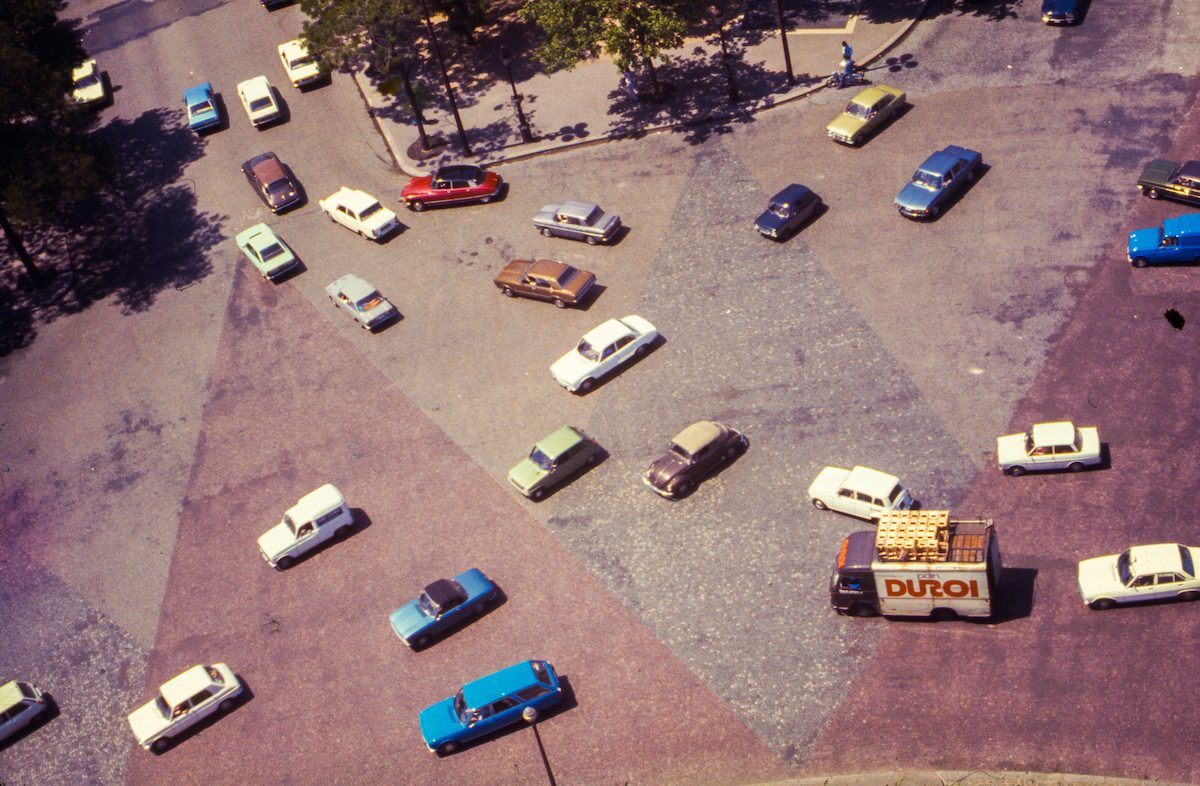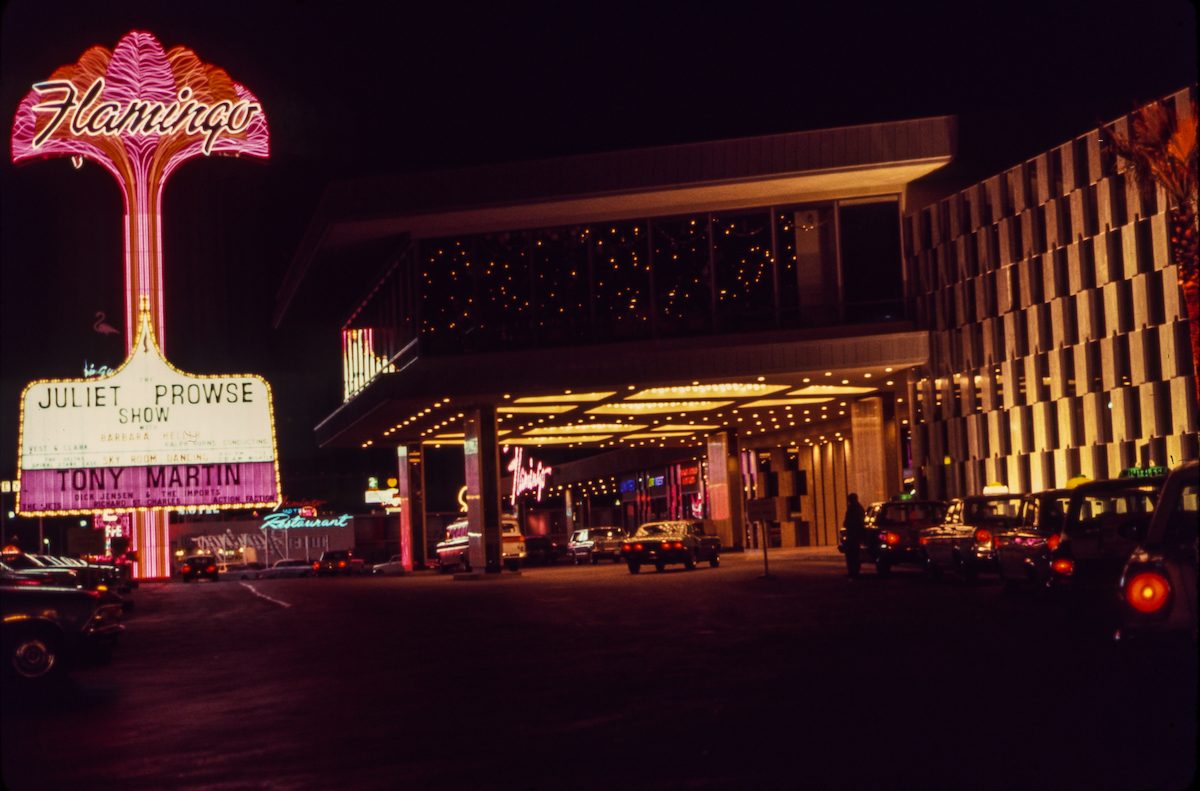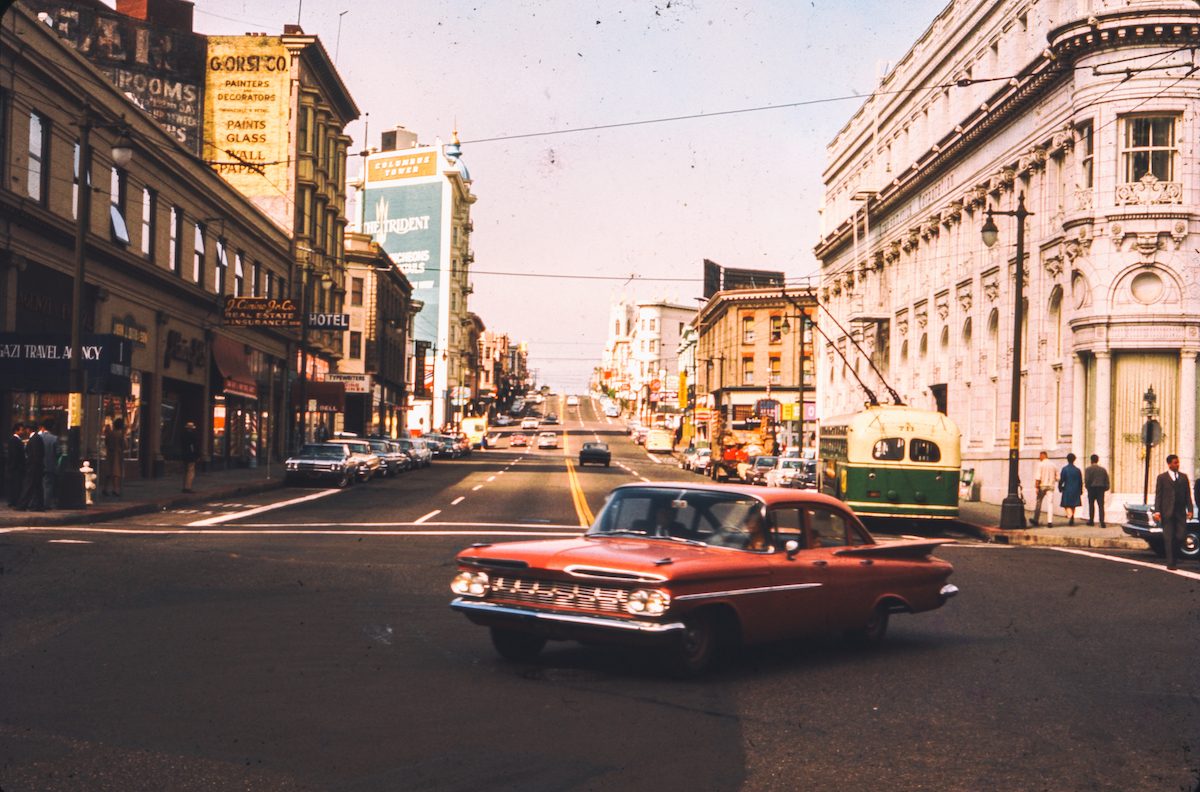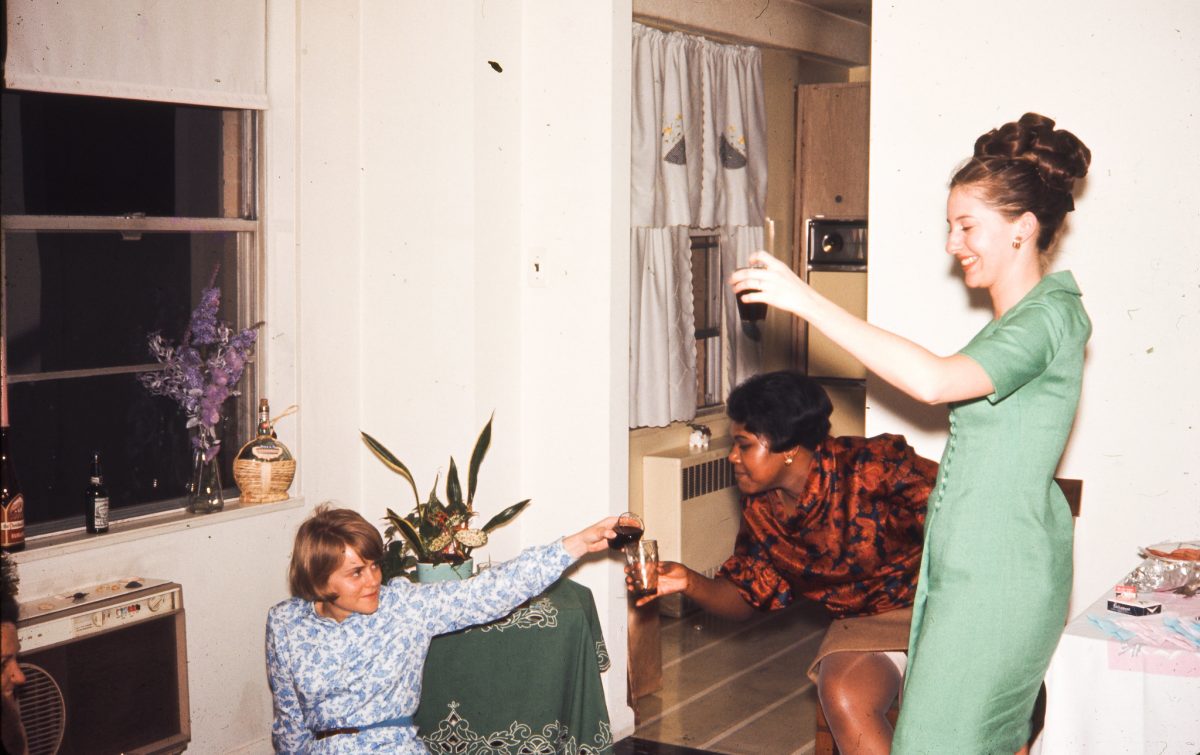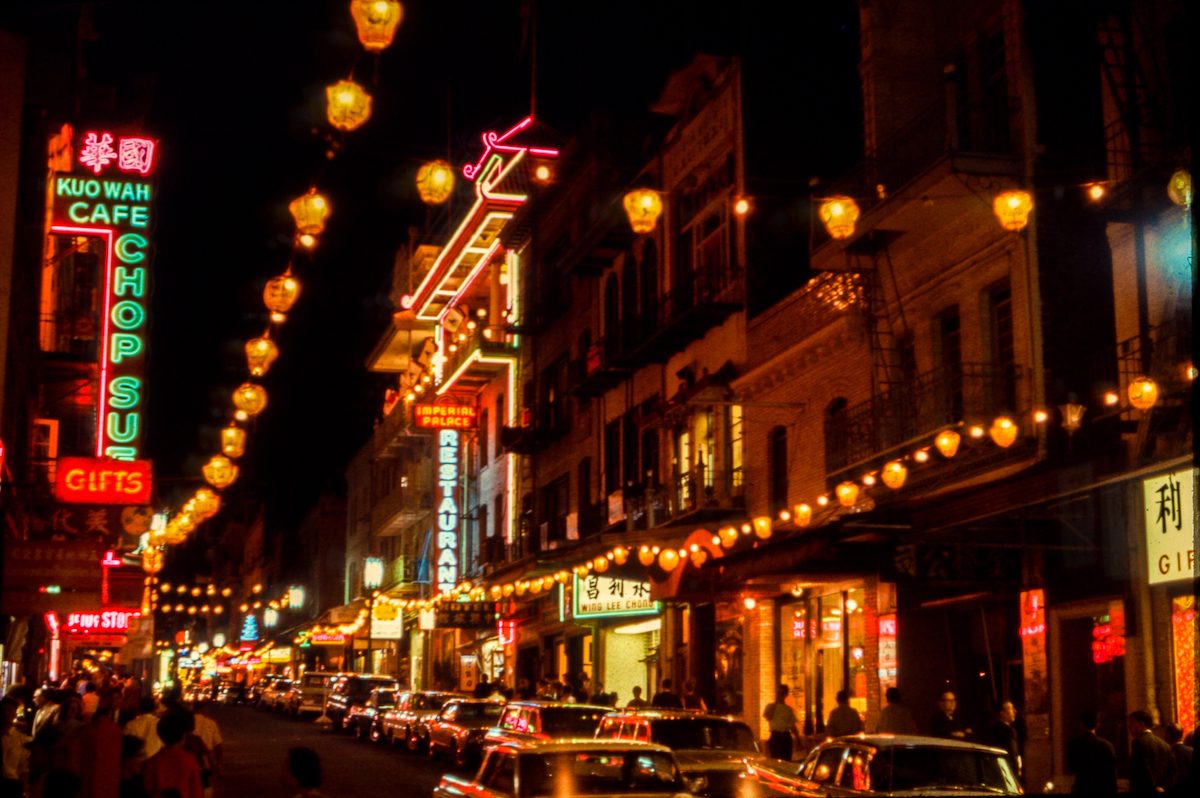“For me, the pandemic sort of transferred my own passion for being out and about making photographs myself to collecting vernacular photographs, writes Thomas Hawk, a selection of fabulous found photos – all Ektachrome slides – you can see here. “At first, it was sort of something to work on during lockdown, but then as I dove deeper I found myself being as consumed by these images as I am my own.
“I feel like collecting, scanning and sharing these images with the world sort of gives them a second life beyond what would be almost certain obscurity and loss from our shared culture.”
“I suspect by the time all is said and done, I’ll have been able to archive hundreds of thousands of these photographs and hopefully provide a deeper look into our shared past for those who wish to explore. I think scanning the images in high quality, high resolution allows the viewer to go deeper and study them even more than they might holding a smaller version of the image in their own hands – although I do appreciate the experience of holding and examining a snapshot or viewing an old slide through a slide loupe.”
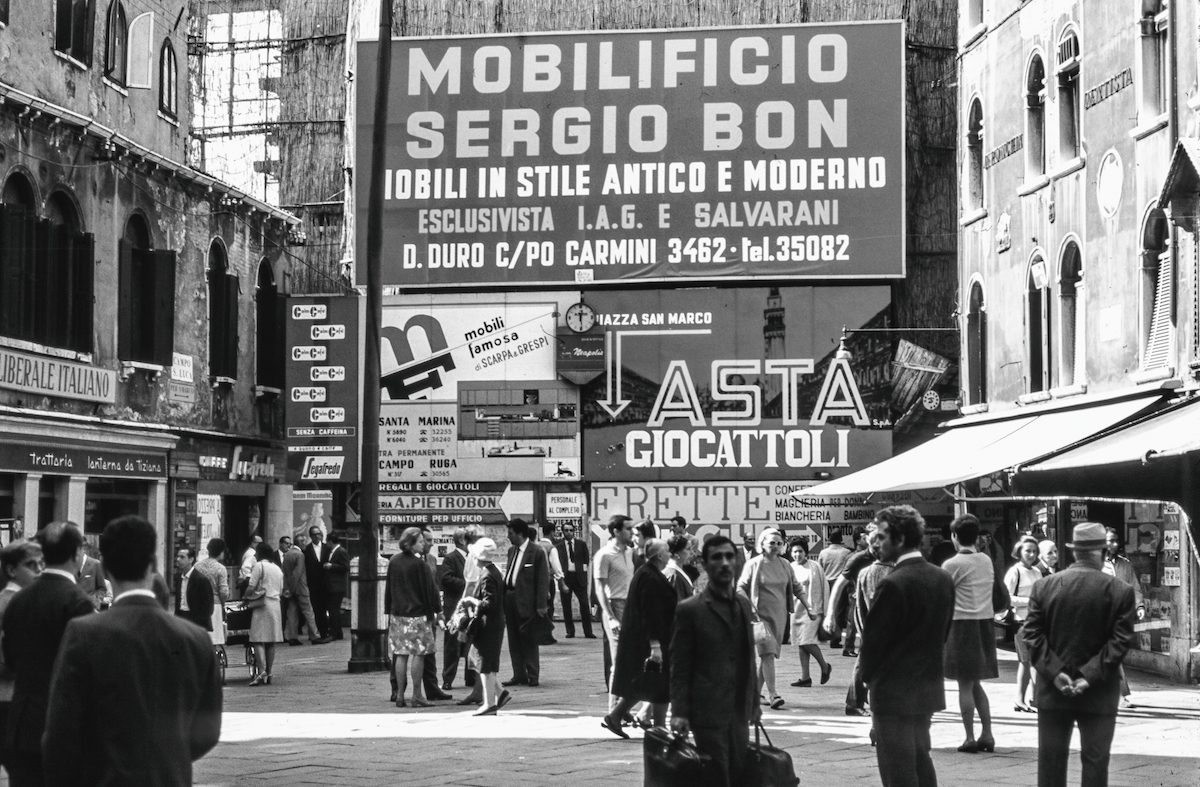
Italy, October 1968
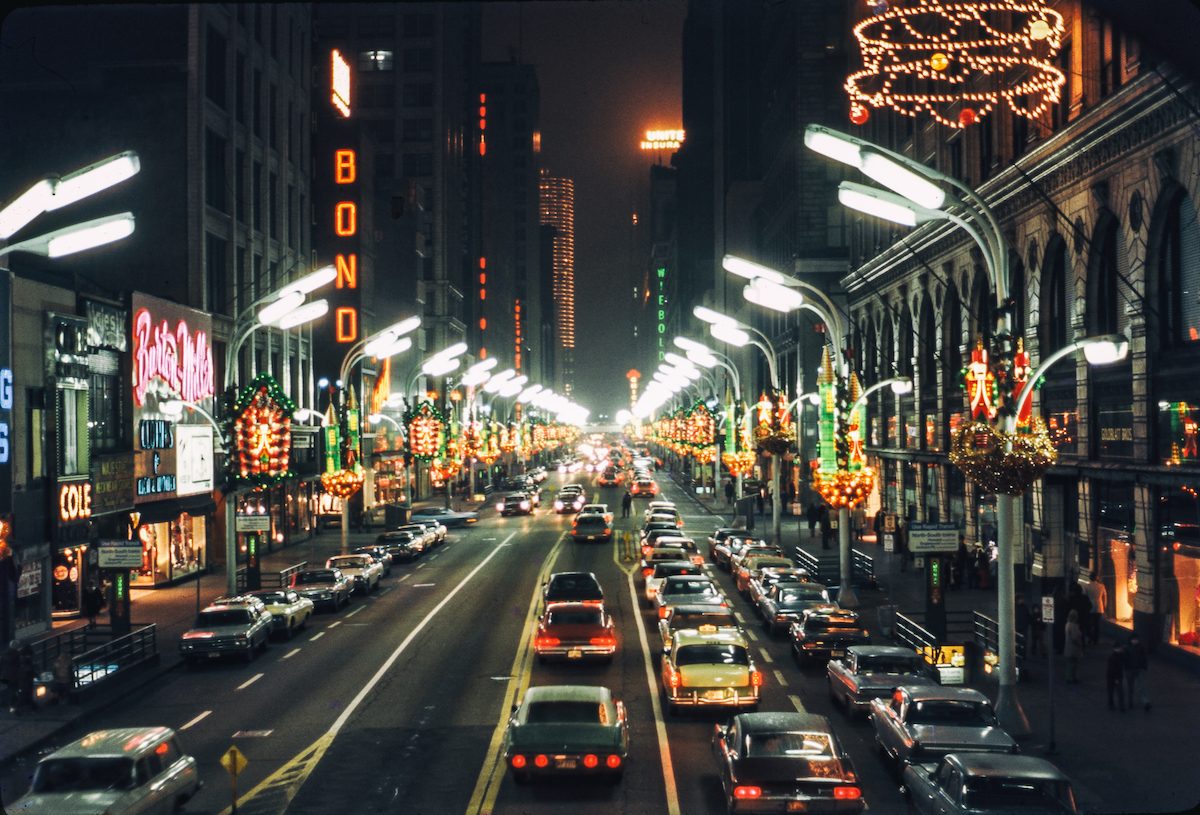
Ektachrome Slide – Chicago, January 1972
Ektachrome has a distinctive look that became familiar to many readers of National Geographic, which used it extensively for color photographs for decades in settings where Kodachrome was too slow. In terms of reciprocity characteristics Ektachrome is stable at shutter speeds between ten seconds and 1/10,000 of a second.
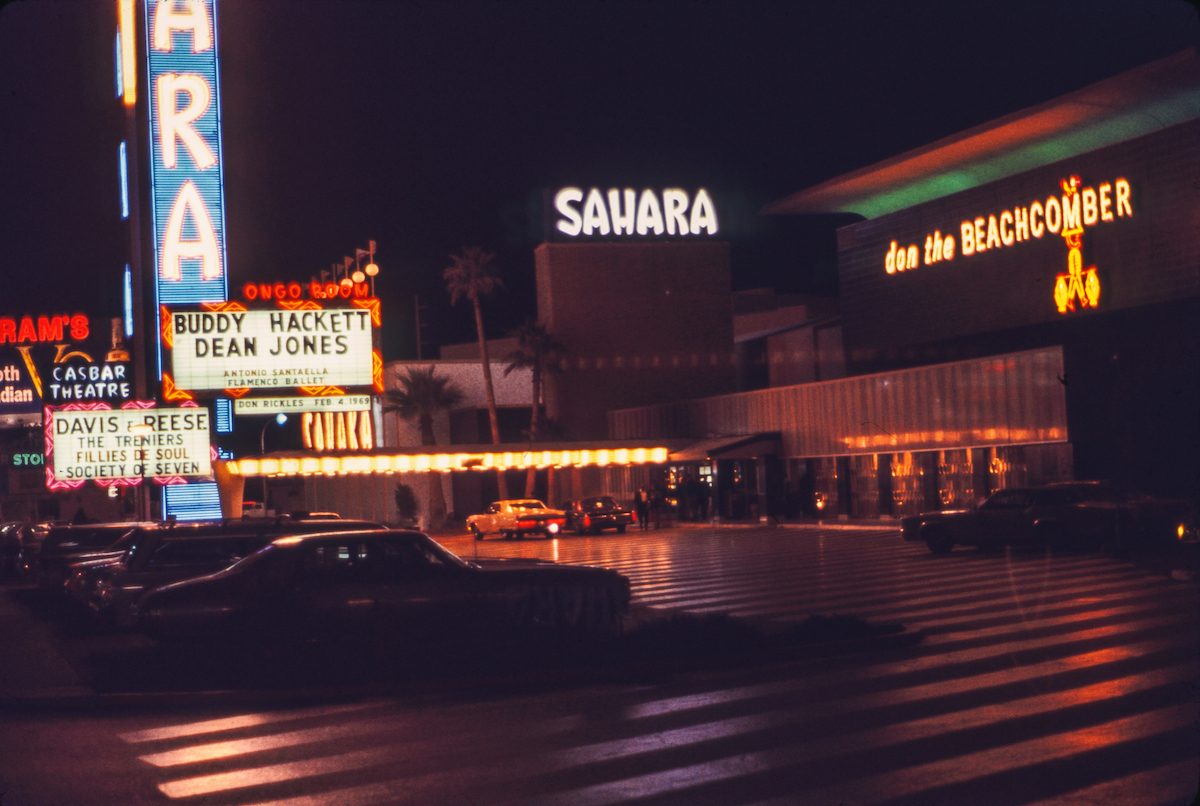
Ektachrome – 1960s Las Vegas
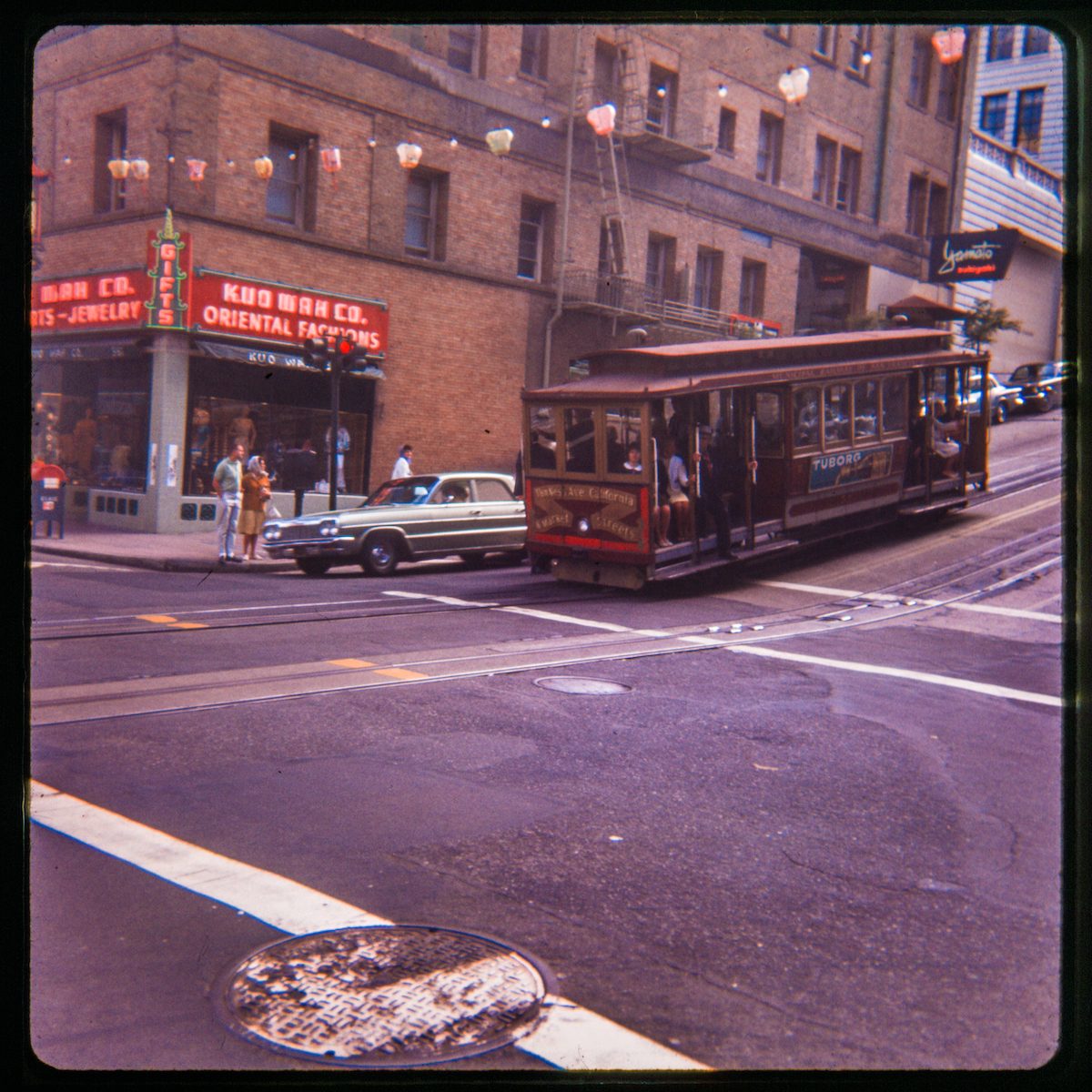
Cable Car, San Francisco – August 1965
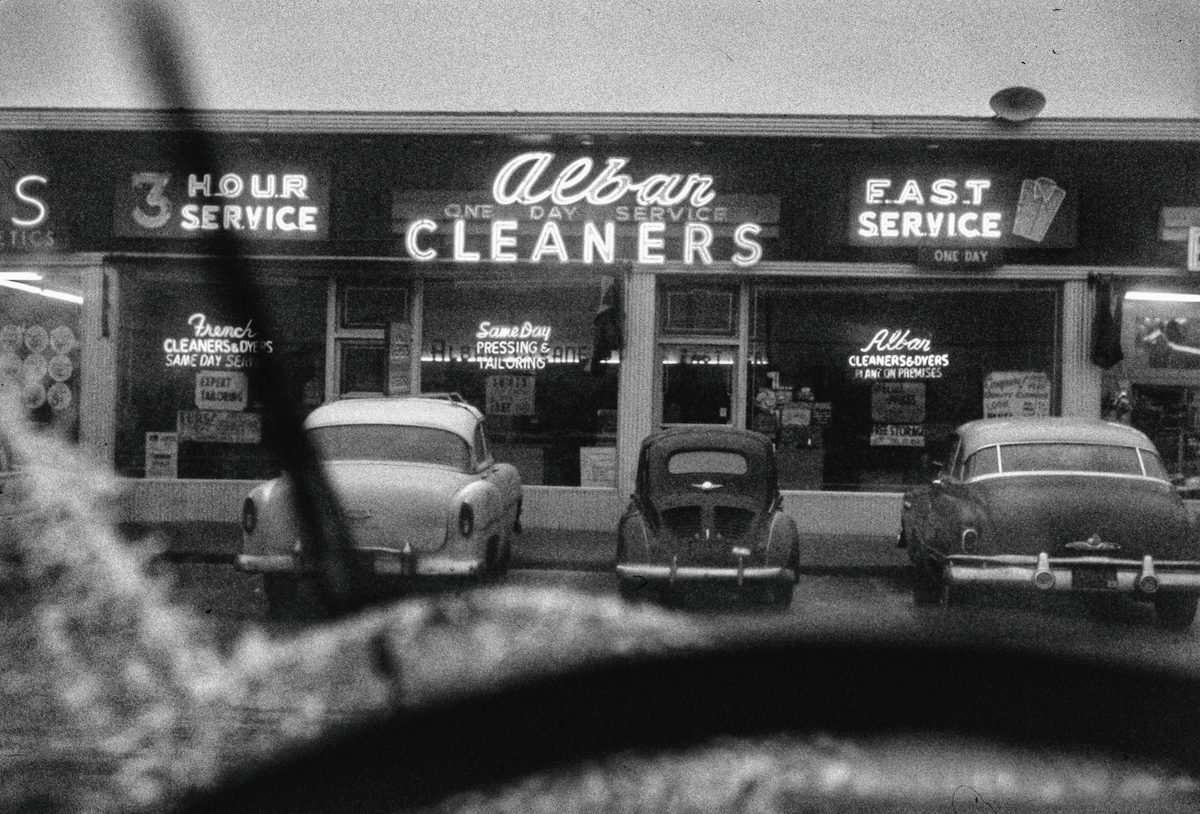
January 1961
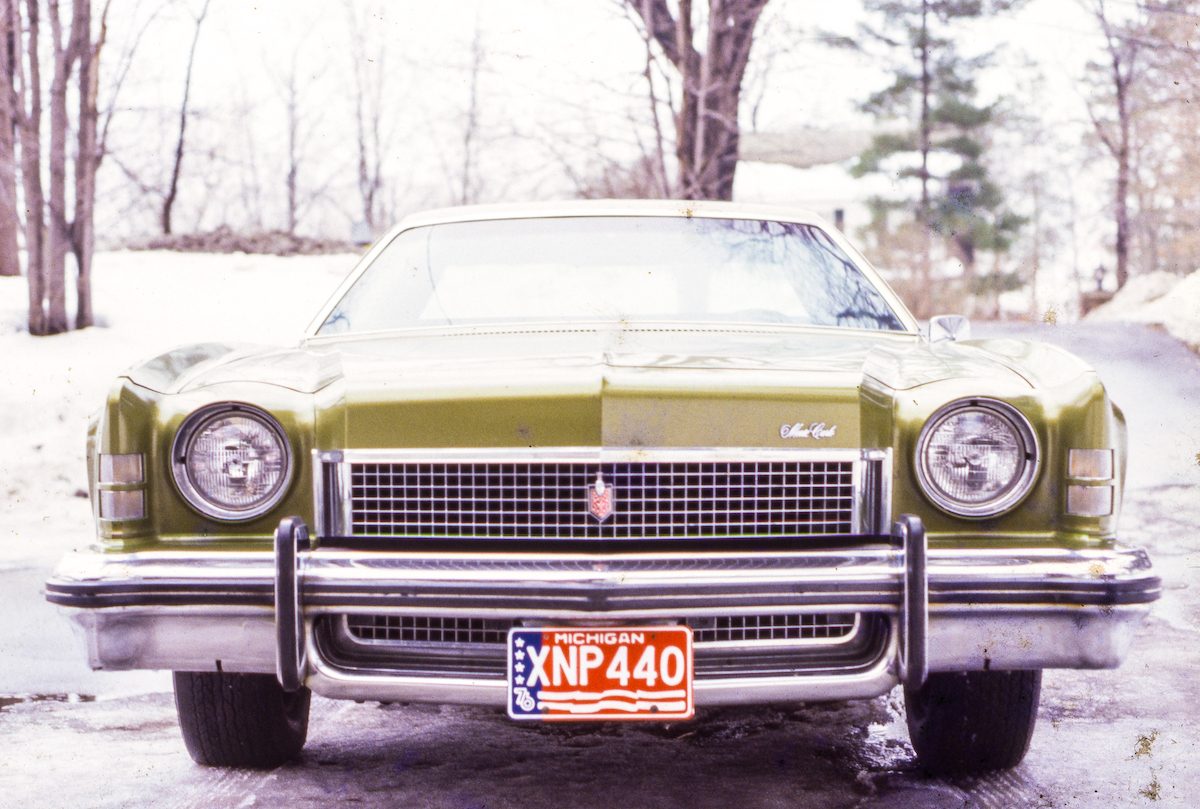
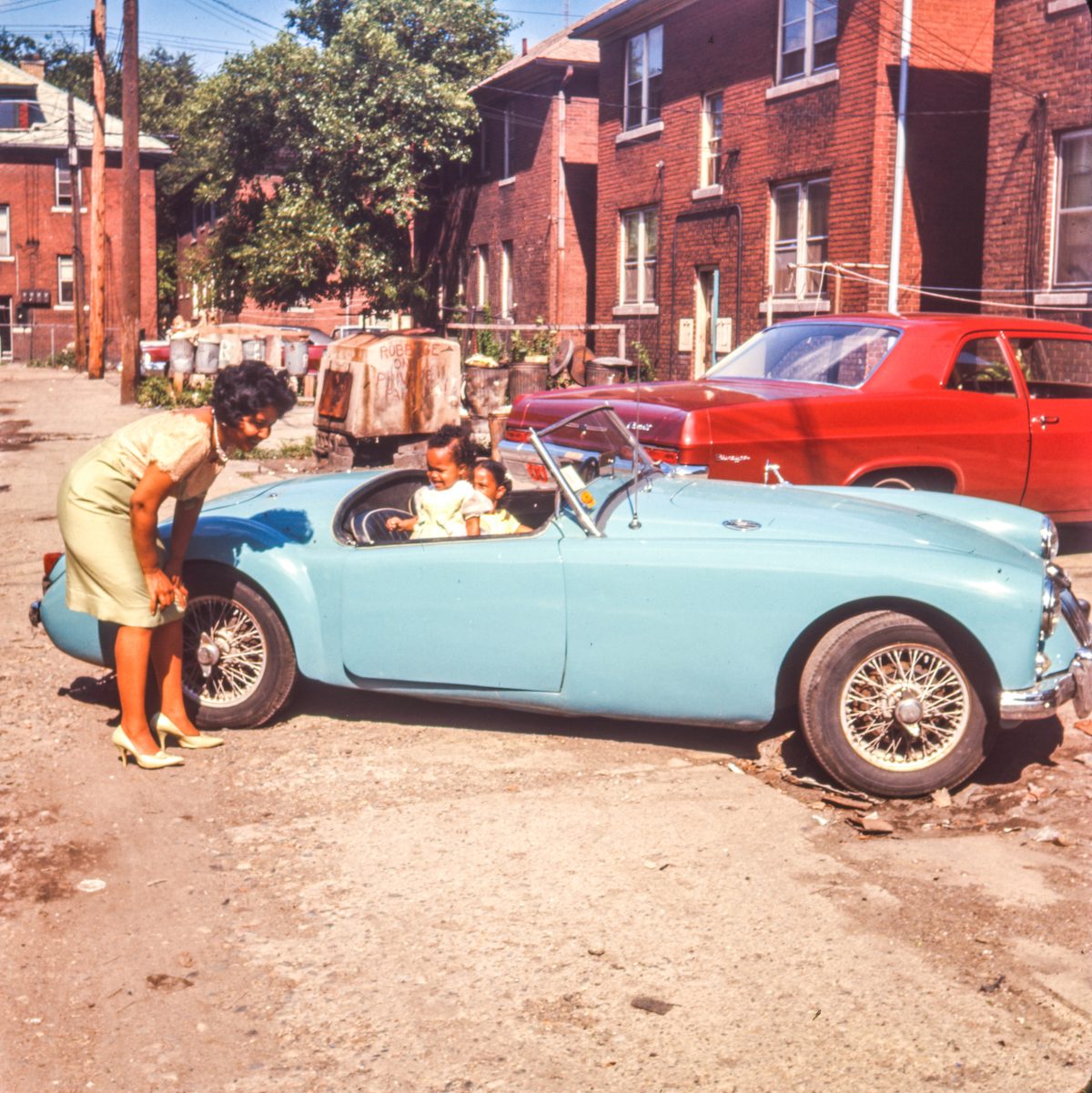
July 1966
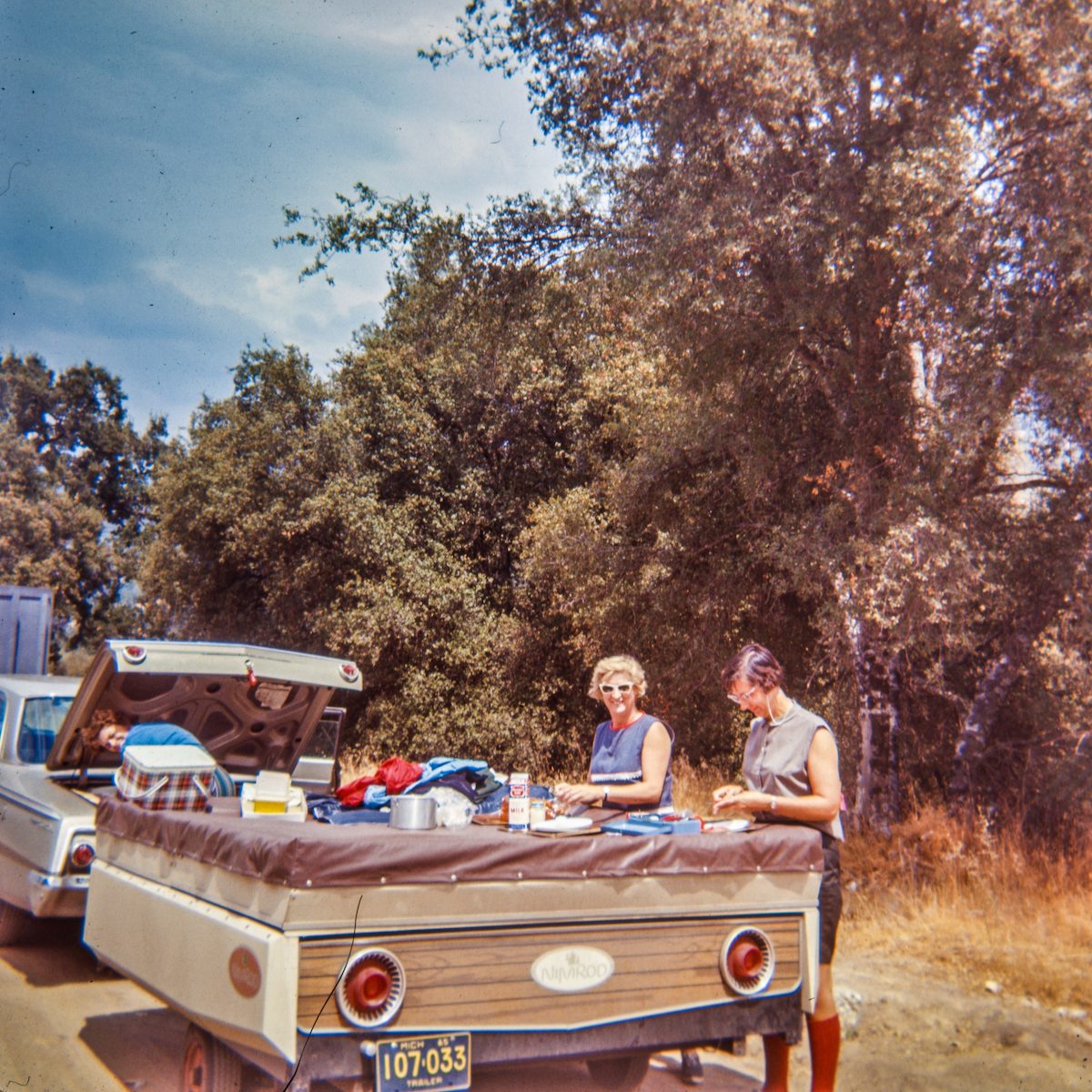
Lunch en route, Sequoia to Yosemite – August 1965
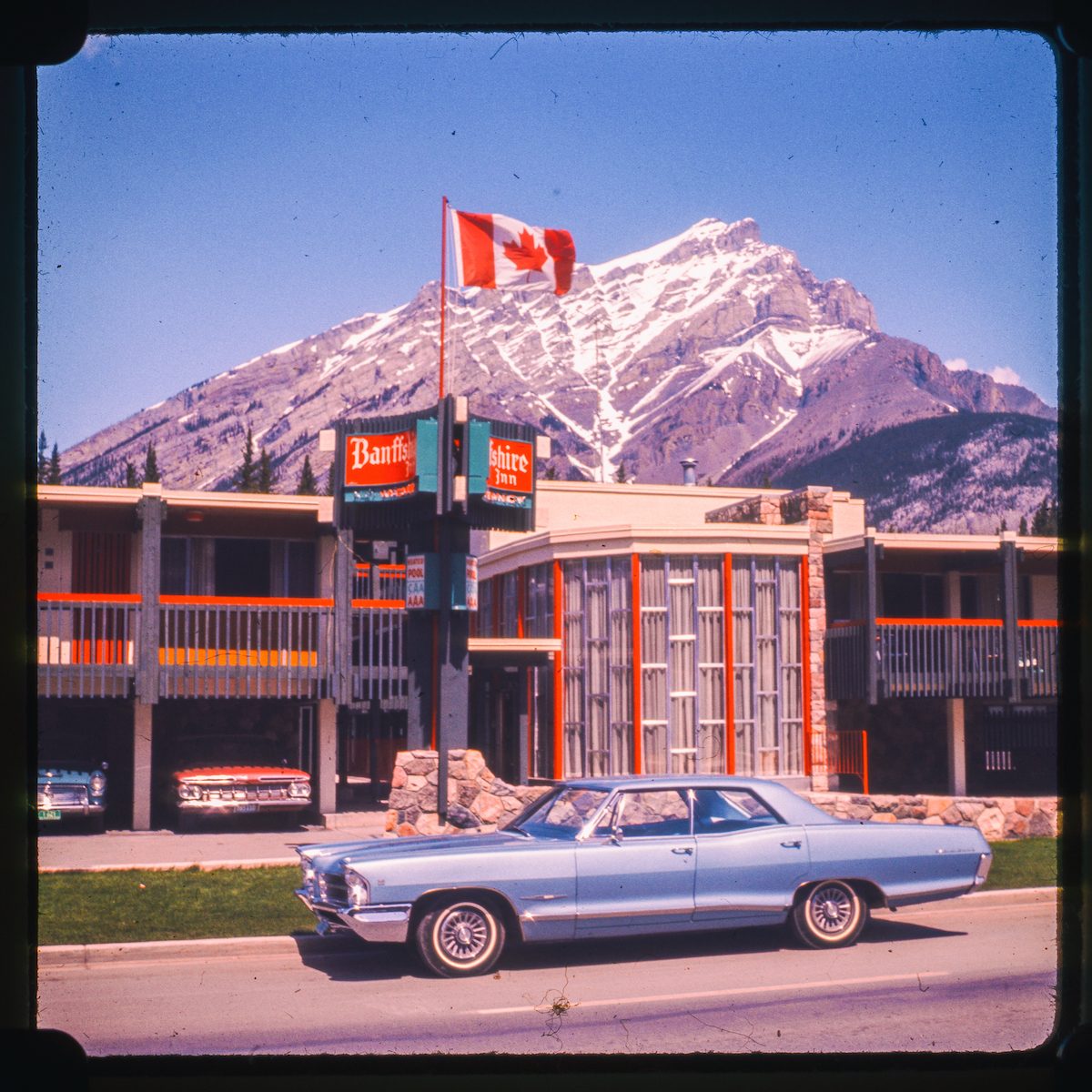
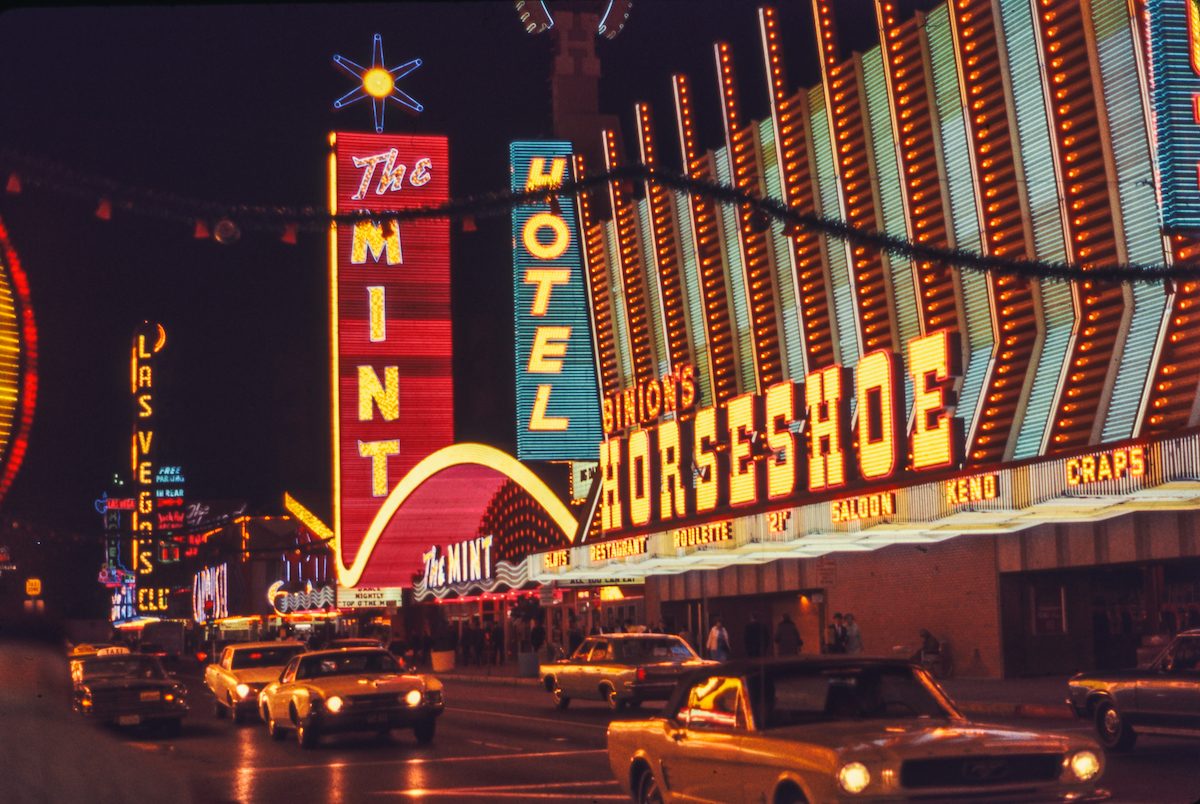

May 1974
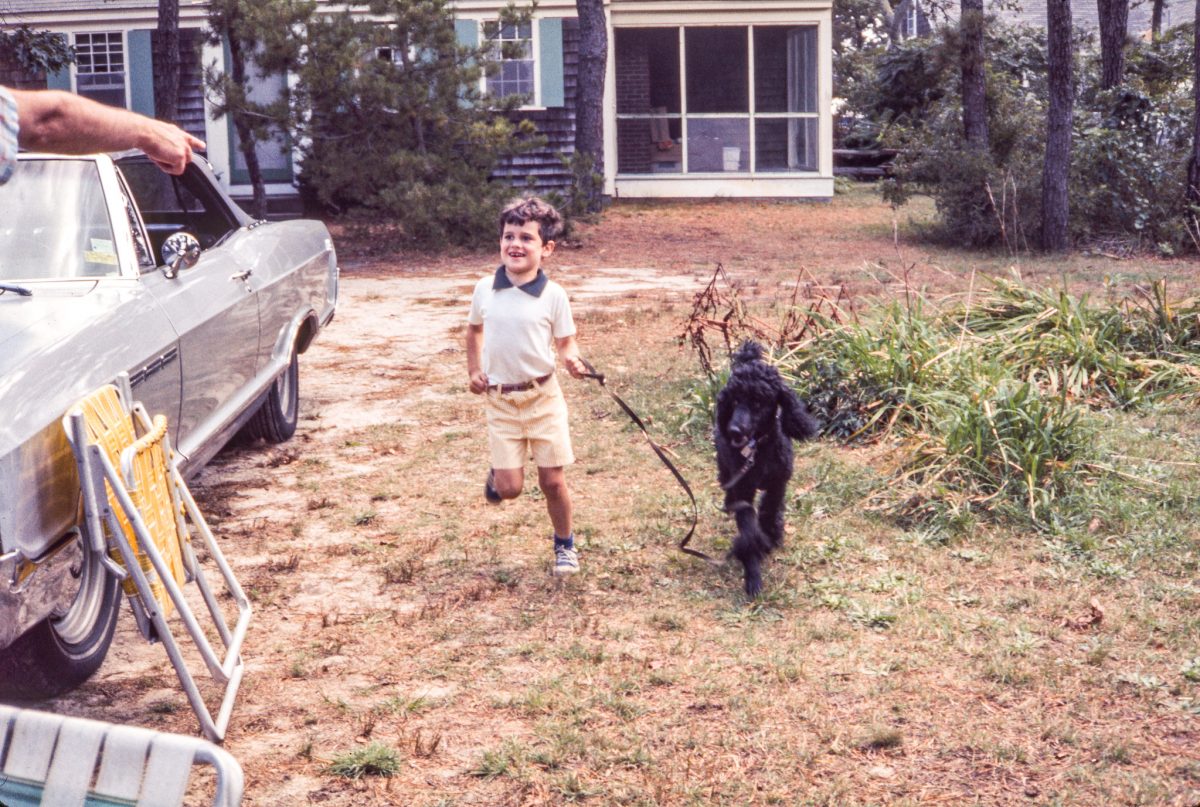
Found Ektachrome Slide – October 1978

Bill watching TV, January 10, 1958
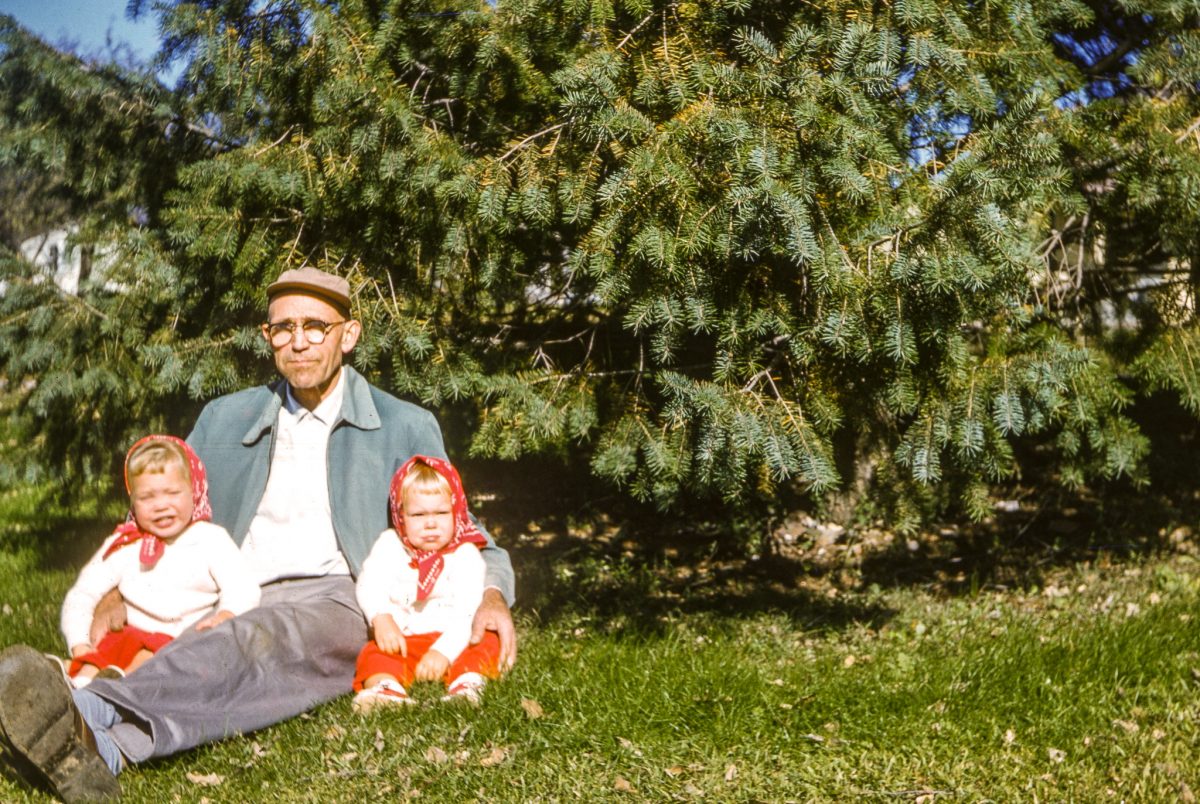
Grandpa and the gypsies’ – December 1959
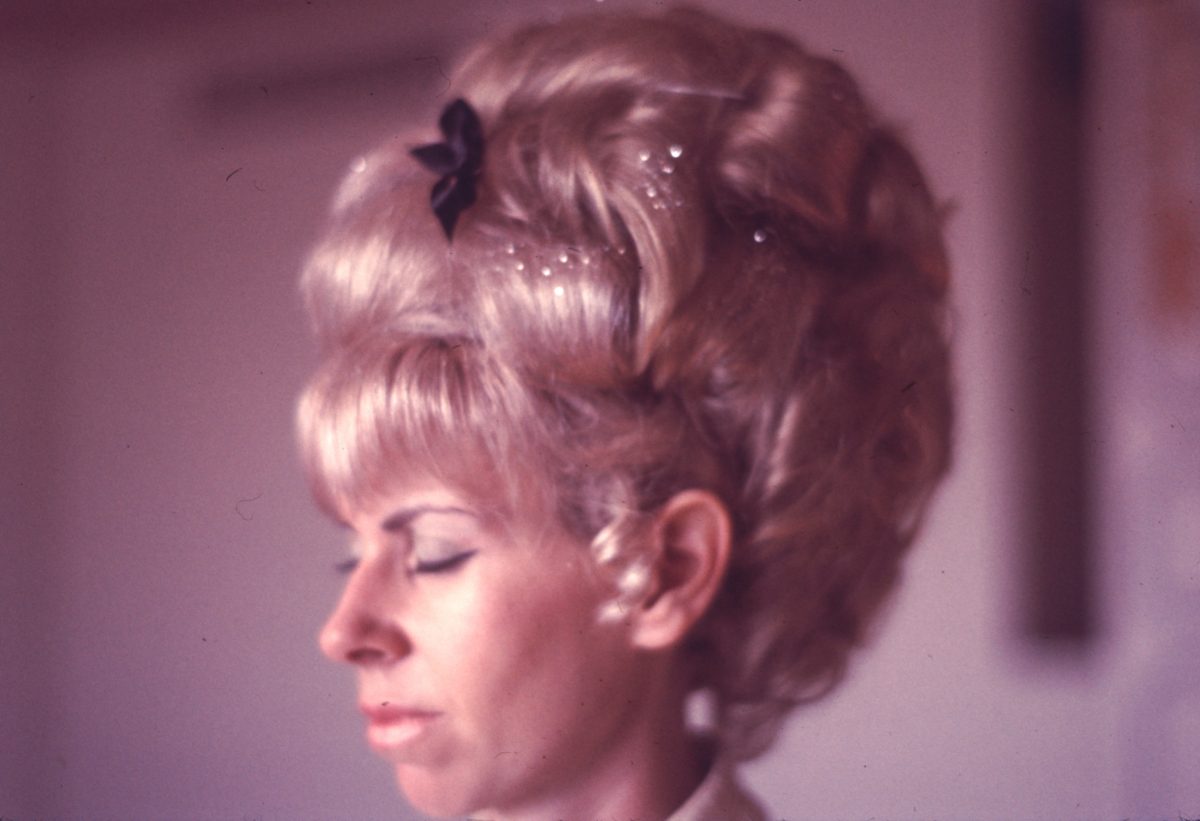
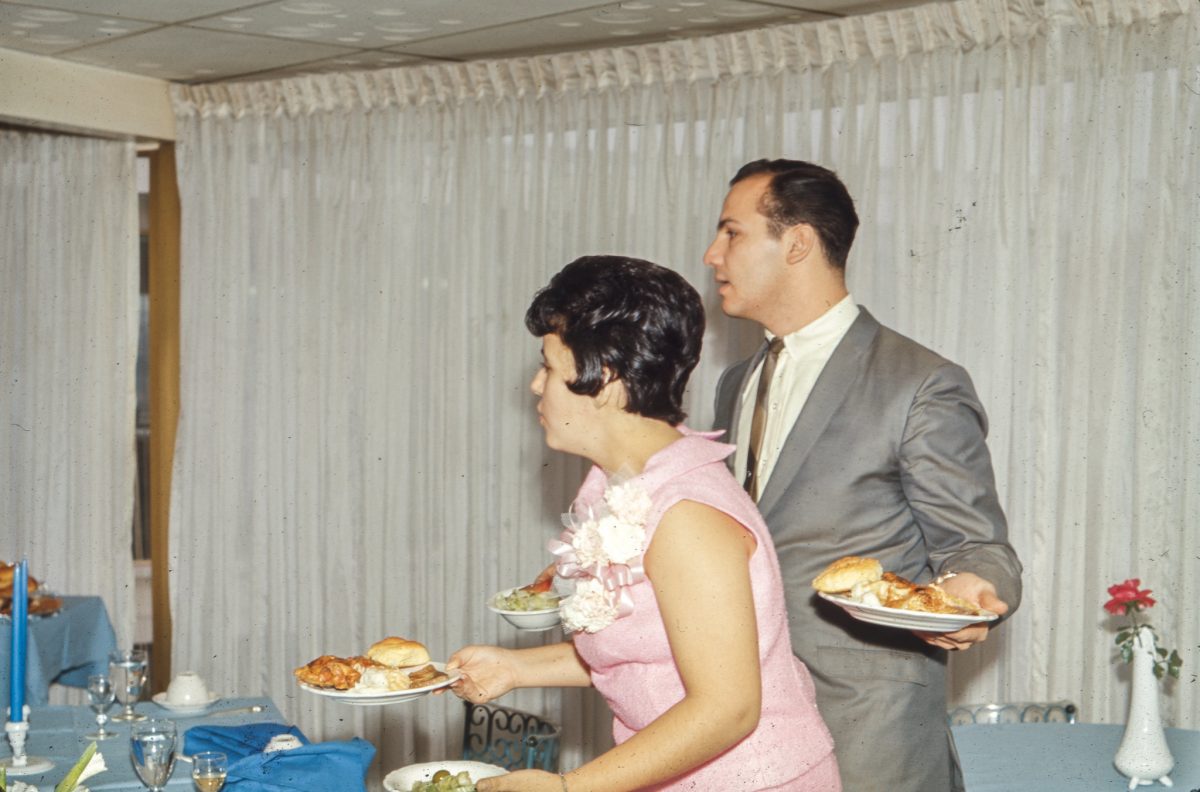
December 1965
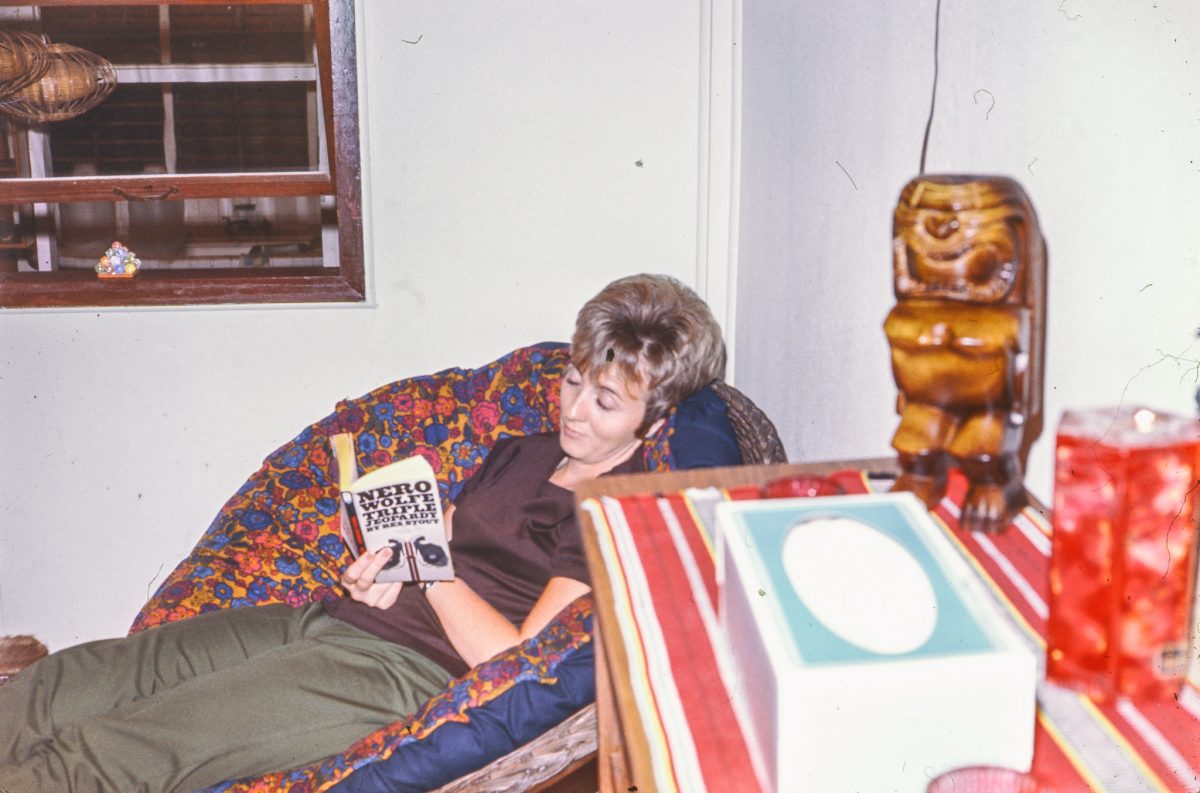
December 1971
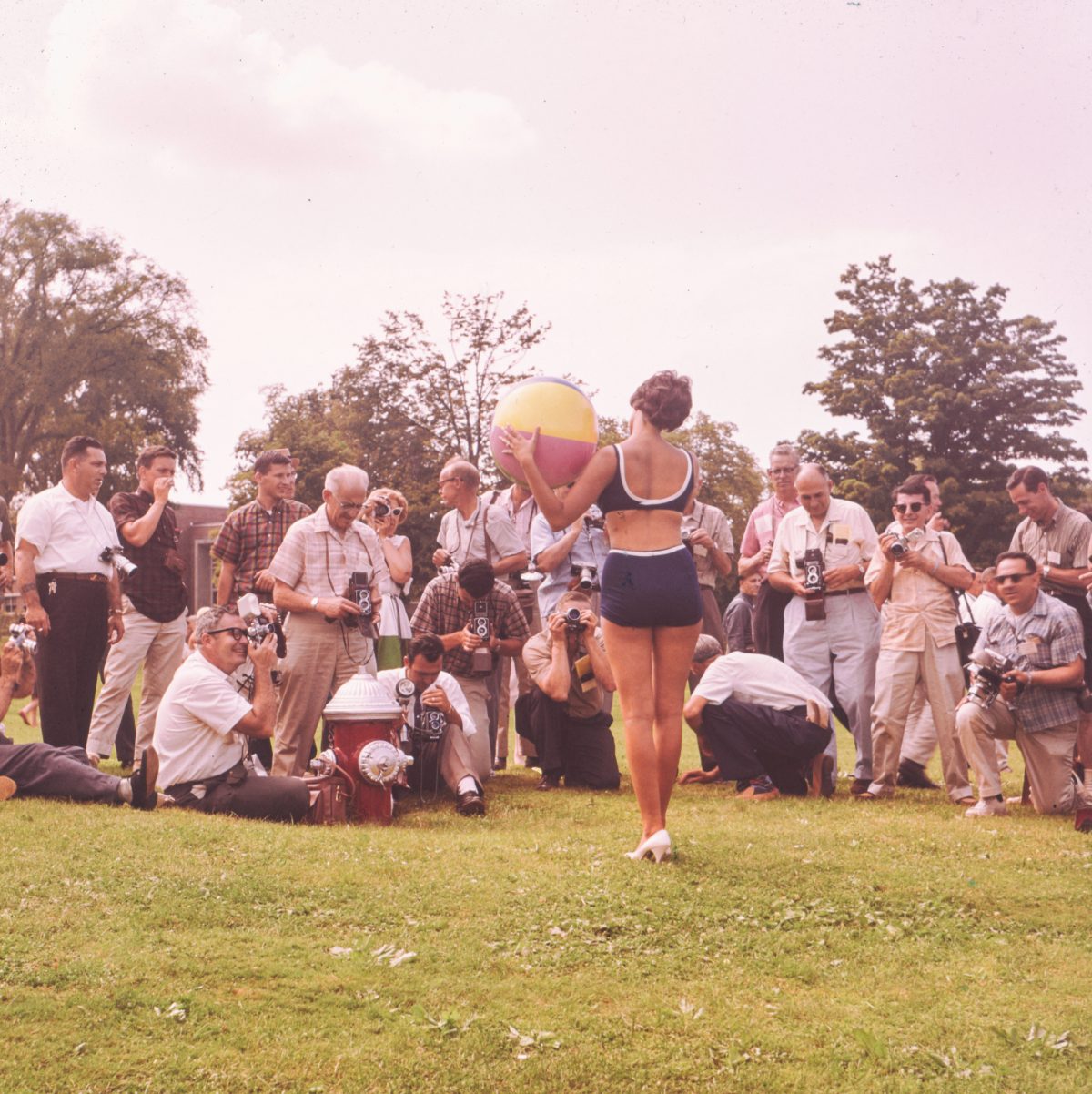
1963 – from a box labeled Models, Amherst
Via: Thomas Hawk, who is “trying to publish a library of 1,000,000 hand crafted, lovingly created, individually finished and processed photographs before I die. Mostly I’m focusing on America.”
Would you like to support Flashbak?
Please consider making a donation to our site. We don't want to rely on ads to bring you the best of visual culture. You can also support us by signing up to our Mailing List. And you can also follow us on Facebook, Instagram and Twitter. For great art and culture delivered to your door, visit our shop.
